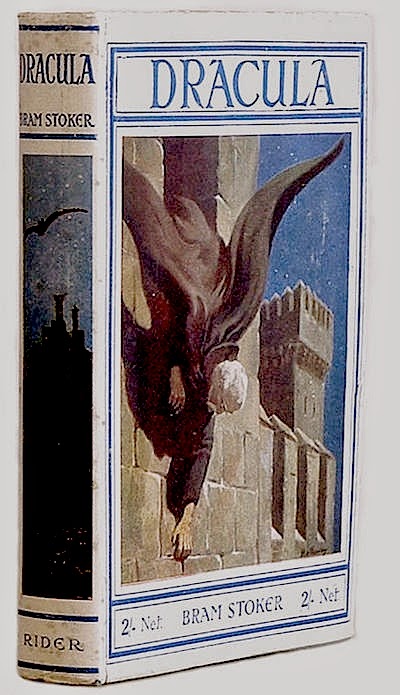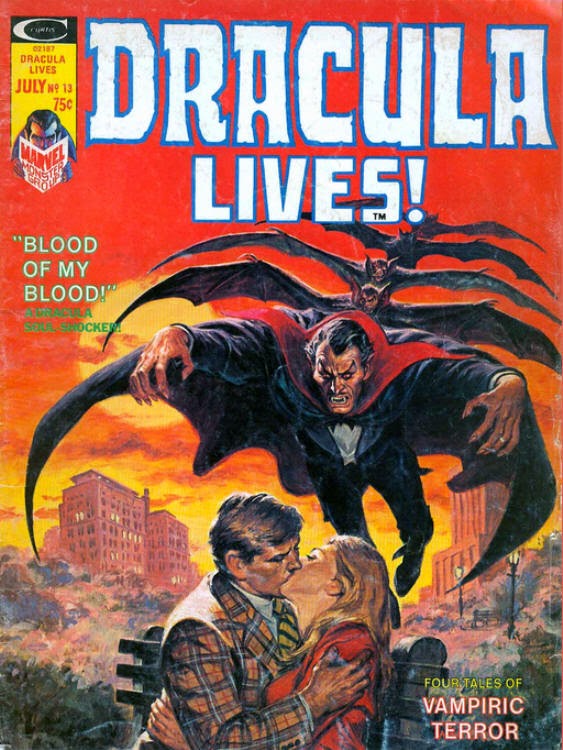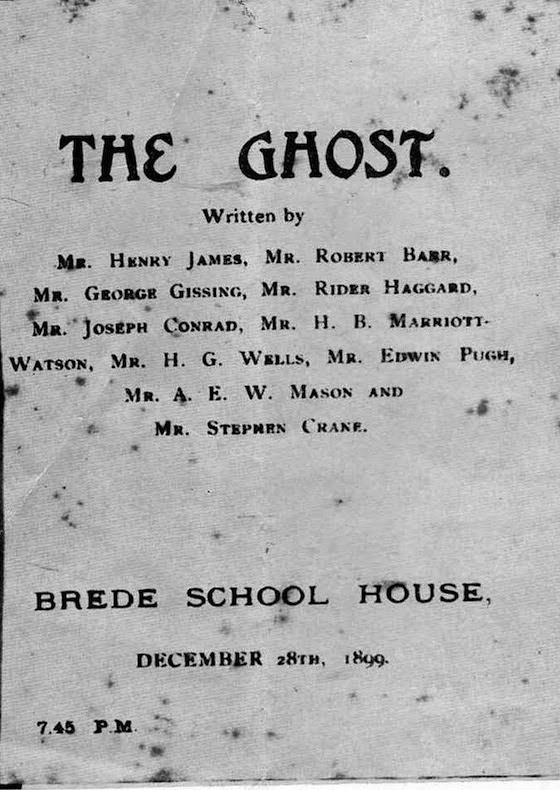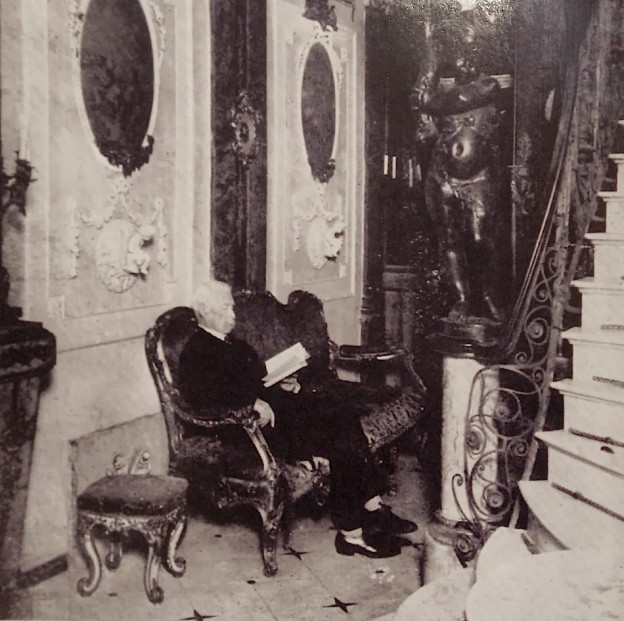The thing about urban legends ( or urban myths, if you prefer) is whether you can believe that the events actually happened. Some of the occurrences are so astonishing that most people would love to believe that they are true. But there again, it must be easy enough to invent an urban legend. Make up your mind about the following ‘ stories ‘ that are adapted from Rodney Dale’s book It’s True…It happened to a friend(1984). We at Jot HQ are inclined to believe that most are true.
No such thing as a free ticket.
A Surrey couple had their car stolen from their front drive. Four days later when it reappeared, the owners found two theatre tickets on the front seat and a note which read: ‘ Sorry. We had to take your car in an emergency. Please accept the tickets with our apologies.’ A few days later they used the tickets and returned to find their home stripped, even to the curtains.
This is surely a familiar trope. Conan Doyle used elements of it in two Sherlock Holmes stories, notably ‘The Red Headed League’. More recently, sports stars, usually footballers, are often burgled when the criminals are certain that they will be away from their homes on award-ceremony evenings.
Get rich quick
A man advertised ex-government trousers at a ridiculously low price. The orders rolled in, the man became wealthy, but did nothing. He still did nothing when those who had ordered trousers complained. Only when solicitors became involved did the man buy a pair of trousers and forward them to the customer. Most who had sent him money did not bother to pursue the matter. The low cost of the trousers meant it was not worth their while to go after the fraudster, who became very rich.
Ponzi scheme ?
Placebo effect
A hospital in Edinburgh used its ECT machine for over two years, reporting beneficial effects, before discovering that there was something wrong with the power supply and the machine had never worked.
Do as you are done by.
The owner of a stately home not open to the public was somewhat annoyed when he saw a car and caravan turn into his drive, park on the verge, and disgorge a family, which proceeded to unpack all the apparatus necessary for preparing a meal. He did not complain but instead took the number of the car and somehow managed to obtain the address of the offenders. Months later he loaded his car with his own equipment and family, drove to the suburban home of the transgressors, and held a pic–nic on their tiny drive. Lord Montague of Beaulieu tells a similar story. Continue reading

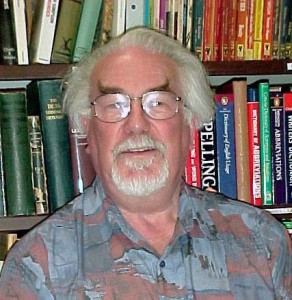
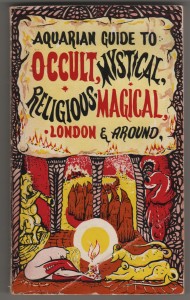
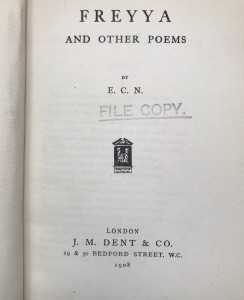
 D.L.Rolton of Ambleside, Cumbria, a fan of Haining’s The Fortune Hunter’s Guide. In ‘ gratefulness ‘ to the author for his ‘ useful and interesting ‘ book Rolton offers the following nugget of information regarding ‘ Lame Jack’s Fortune’.
D.L.Rolton of Ambleside, Cumbria, a fan of Haining’s The Fortune Hunter’s Guide. In ‘ gratefulness ‘ to the author for his ‘ useful and interesting ‘ book Rolton offers the following nugget of information regarding ‘ Lame Jack’s Fortune’.



